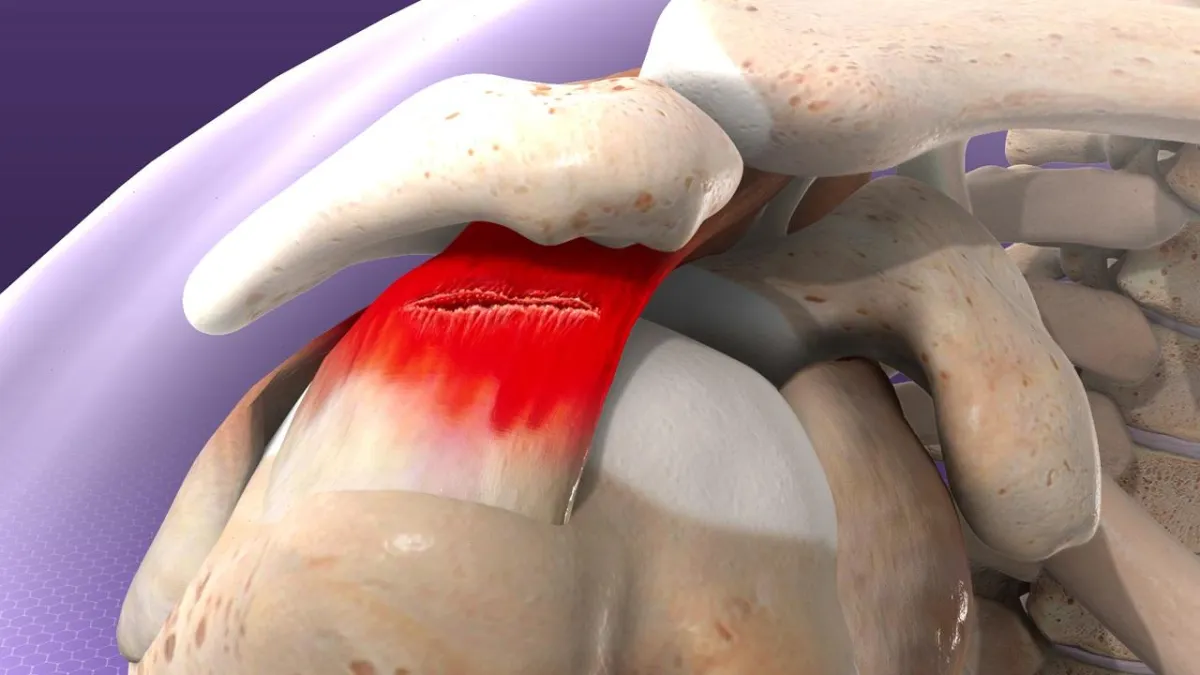
Rotator Cuff Injury
What Is a Rotator Cuff Injury? And How to Keep Your Shoulders Happy + Healthy
Have you ever had shoulder pain while lifting your arm, reaching for something high up, or sleeping on your side? You might have heard the term rotator cuff thrown around—but what is it exactly, and why does it matter so much?
Let’s break it down in simple terms so you know how to protect your shoulders and keep moving pain-free.
So What Is the Rotator Cuff?
The rotator cuff is a group of four small muscles and tendons that surround the shoulder joint. Together, they help:
✅ Stabilize your shoulder
✅ Lift and rotate your arm
✅ Keep your shoulder joint moving smoothly and pain-free
You use your rotator cuff every day—from brushing your hair and reaching into the back seat to lifting weights and throwing a ball.
What Is a Rotator Cuff Injury?
A rotator cuff injury usually means one or more of these muscles or tendons are strained, irritated, or torn. It can happen:
Suddenly (like from a fall or heavy lift)
Over time (from repetitive motion or wear and tear)
Common Types of Rotator Cuff Injuries:
Tendinitis: Inflammation of the tendons from overuse
Impingement: When tendons get pinched under the shoulder blade
Tears: Small or large tears in the muscle or tendon (partial or complete)

Signs You Might Have a Rotator Cuff Injury:
Shoulder pain when lifting or reaching
Weakness in the arm
Pain when sleeping on the affected side
Limited range of motion
A clicking or popping sound in the shoulder
How to Prevent a Rotator Cuff Injury
Good news: most rotator cuff injuries are preventable! Here’s how to keep your shoulders strong, supported, and injury-free:
1. Strengthen the Shoulder Muscles
Focus on small, targeted exercises like:
External rotations with resistance bands
Scapular (shoulder blade) stability exercises
Light dumbbell raises (with proper form)
2. Improve Posture
Slouching puts strain on the shoulder joint. Keep your back tall, shoulders down and back—especially when working at a desk or using your phone.
3. Warm Up + Stretch
Before workouts or repetitive tasks, get your shoulders moving with dynamic stretches and gentle mobility work.
4. Avoid Overuse
Give your shoulders rest if you’re doing lots of overhead movement or lifting. Cross-train to reduce repetitive strain.
5. Use Proper Technique
Whether you're lifting at the gym or reaching overhead at work, using the right form can make all the difference.
Why It’s Important to Care for Your Rotator Cuff
Your shoulders are one of the most mobile joints in your body, but that also makes them more vulnerable to injury.
Keeping your rotator cuff healthy means:
You stay active and pain-free
You maintain strength and range of motion
You reduce your risk of long-term joint damage or surgery
Final Thoughts
Your rotator cuff may be small, but it plays a huge role in your everyday movement. A little care now goes a long way toward keeping your shoulders pain-free and fully functional for life.
If you're dealing with shoulder discomfort—or just want to keep things strong and healthy—our team can help with customized rehab, strengthening plans, and injury prevention strategies.